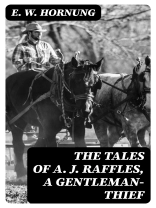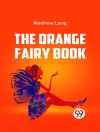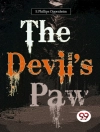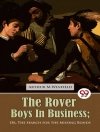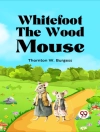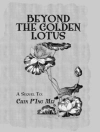In ‘The Tales of A. J. Raffles, A Gentleman-Thief, ‘ E. W. Hornung introduces readers to the charming yet morally ambiguous character of A. J. Raffles, a dithering gentleman who leads a double life as a master burglar. With a witty and elegant prose style, Hornung blends elements of humor, suspense, and crime fiction, constructing intricate plots that reveal both Raffles’s cunning and his adherence to a personal code of honor. This collection reflects the zeitgeist of late Victorian England, where class tensions and the notion of gentlemanly behavior serve as a backdrop to Raffles’s audacious exploits. E. W. Hornung, a contemporary of Arthur Conan Doyle and the husband of Raffles’s cousin, was inspired by his own upper-class milieu and fascination with the complexities of morality and identity. His close association with the literary scene provided him with insights into the workings of British society during a transformative era. Brought up in a world of wealth and privilege, Hornung’s exploration of crime from a gentleman’s perspective adds a unique layer of complexity to the narrative. For readers who relish tales of clever heists and social commentary, ‘The Tales of A. J. Raffles, A Gentleman-Thief’ is an exemplary work that transcends mere genre fiction. The book not only entertains but also invites reflection on the nature of crime and gentility, making it a compelling read for both avid mystery fans and scholars of Victorian literature.
เกี่ยวกับผู้แต่ง
Ernest William Hornung, more commonly known as E. W. Hornung (1866-1921), was an English author and poet best known for creating the character of A. J. Raffles, a gentleman thief in late Victorian London, whose exploits were chronicled in ‘The Amateur Cracksman’ and subsequent stories collected in ‘The Tales of A. J. Raffles, A Gentleman-Thief’. Hornung was born into a wealthy family and was educated at Uppingham School; however, he found his calling in literature rather than in business. His contribution to the crime genre was significant; Raffles was designed as a counterpoint to his brother-in-law, Sir Arthur Conan Doyle’s Sherlock Holmes, and featured the same setting and time period, yet focused on the perspective of the criminal instead of the detective. Hornung’s work is characterized by his keen observation of Edwardian society and his ability to infuse his tales with wit and a subtle critique of its values. His creation, Raffles, is among the early antiheroes in English literature, simultaneously being charming, intelligent, and flawed. Hornung’s lesser-known works extend beyond his Raffles stories and include a significant body of other novels and short stories that reflect diverse genres and themes, cementing his place in the literary canon as a versatile and engaging writer. Despite his passing nearly a century ago, his works remain in print and are studied for their contribution to the crime fiction genre and their reflection of societal attitudes in turn-of-the-century England.
